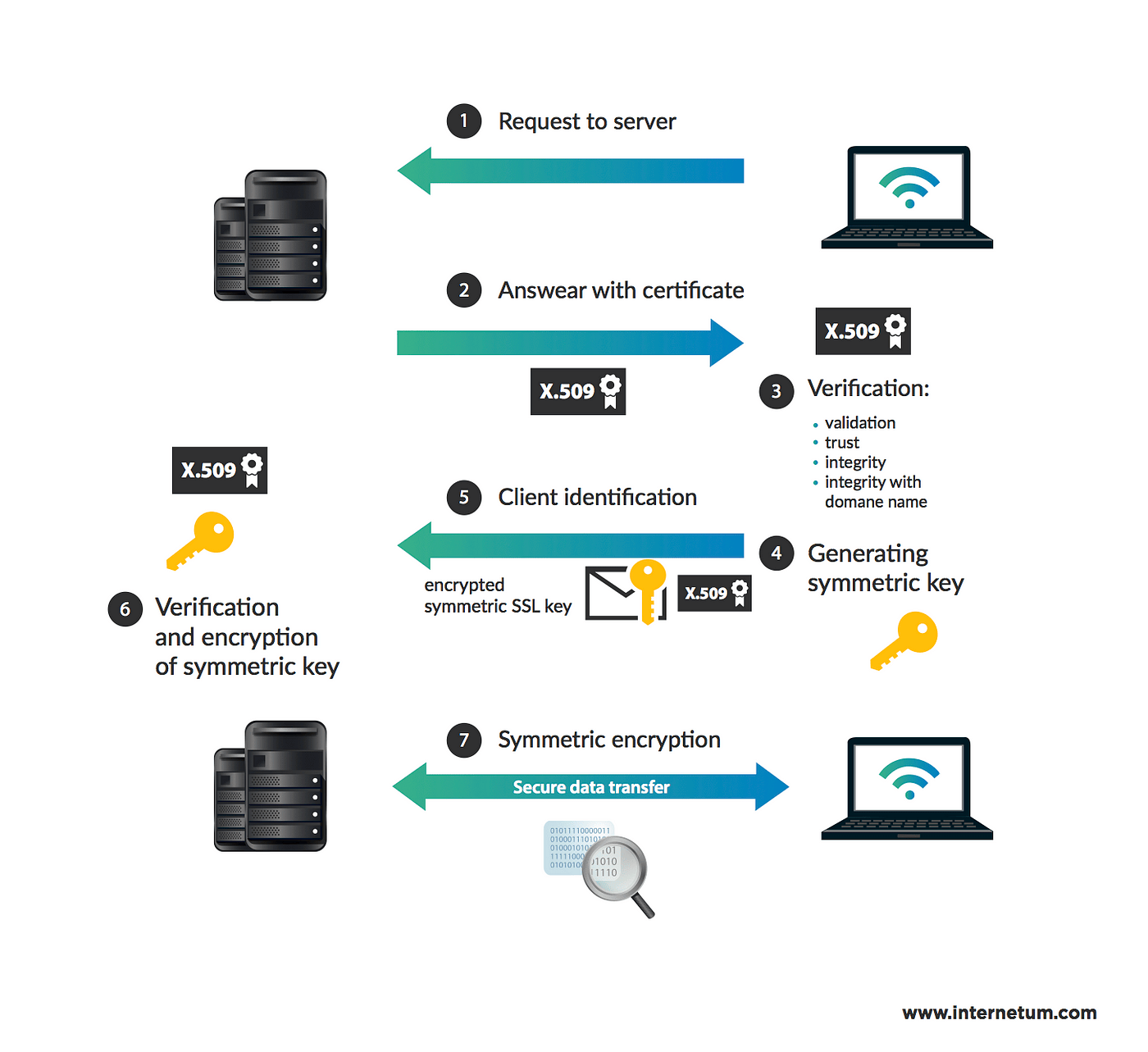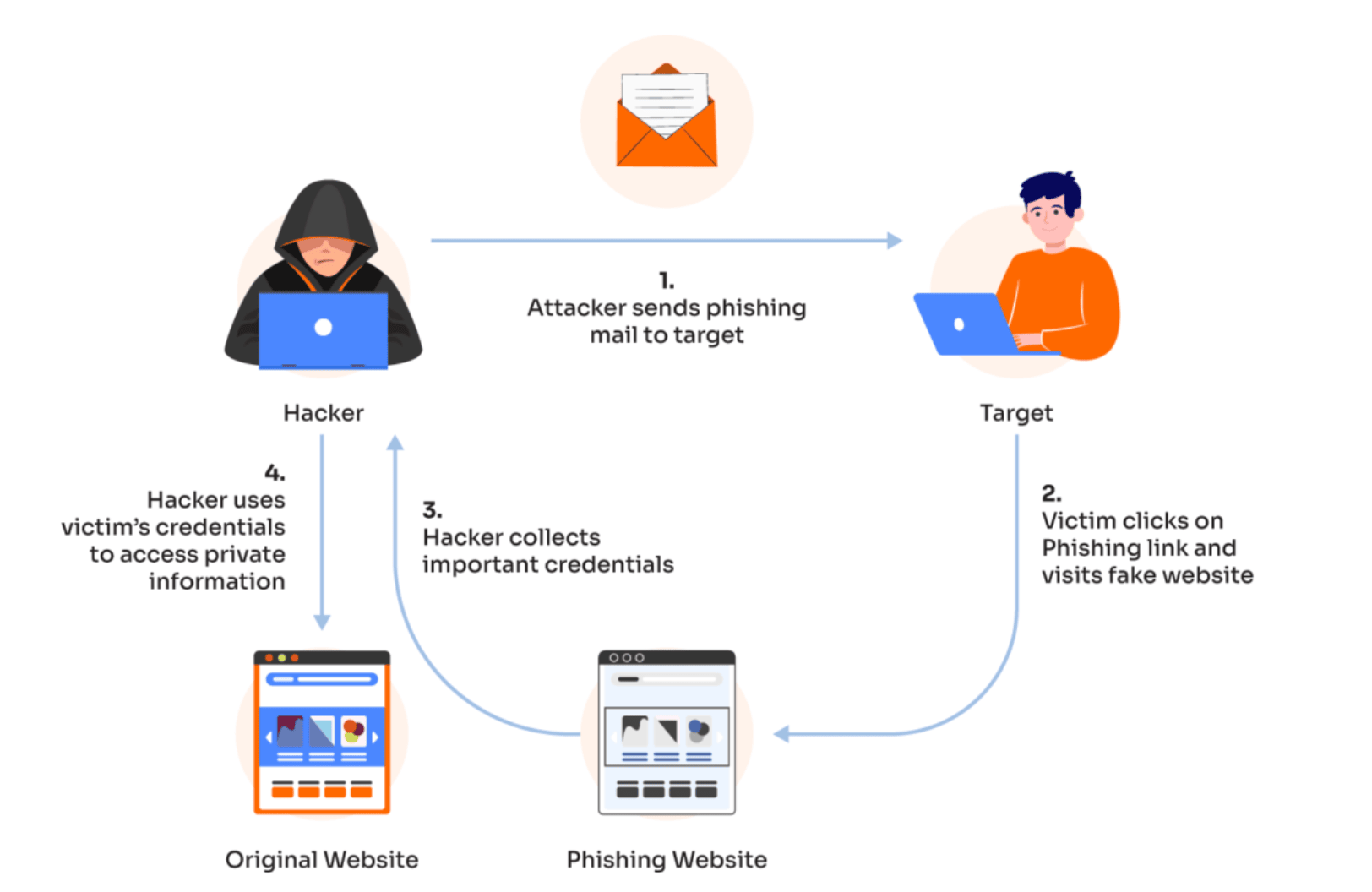Security Measures for Protecting Mobile Banking Users
- Written by: Sam Coventry

Image © Adobe Images
The digital era has ushered in the convenience of mobile banking, allowing users to manage their finances at their fingertips. However, with this convenience comes the responsibility of safeguarding sensitive financial data.
The statistics show that in the year 2022, there were 1,829 reported cyber incidents in the finance sector, with an average cost per data breach amounting to $4.45 million. So, the security of banking applications is something that is still to be worried about.
From this post, you’ll discover why financial mobile app security matters to users of software solutions as well as to businesses distributing them. You’ll also explore 11 key safety measures that will help build a secure application for your customers.
Why Is Protecting Mobile Banking Apps from Vulnerabilities Crucial?
Protecting mobile banking apps from vulnerabilities isn't just about ensuring a smooth flow of financial transactions. It's also about preserving the trust of millions of users and maintaining the integrity of the financial ecosystem.
Here are some of the reasons indicating the utmost importance of adopting mobile banking security solutions:
● Financial safety: Vulnerabilities can lead to unauthorized access, leading to potential financial loss for users.
● Data protection: Personal and financial data can be exploited if not adequately protected, risking user privacy.
● Reputation of financial institutions: Breaches can tarnish the reputation of banks, leading to a loss of trust and clientele.
● Regulatory compliance: Many jurisdictions have strict regulations to ensure data protection, and non-compliance can result in hefty penalties.
● Prevention of fraud: Secure apps reduce the chances of fraudulent activities, protecting both the user and the institution.
In case you don’t have expertise in creating secure software solutions for fintech in-house, consider building a banking app with a trusted service provider. Outsourcing mobile banking application development as well as the assurance of its high-level security, is the right call for most companies. Not only it’s cost-effective compared to building and running an in-house department, but it also brings external experience to your organization.
Now, let’s proceed with learning 11 key security measures and banking security standards. Their implementation promises to raise the security of your software solution to the whole other level, increasing your competitiveness and fostering trust between the organization and users of its services.
11 Key Security Measures for Mobile Banking
To prevent mobile banking security threats from damaging your company’s reputation and resulting in substantial financial losses, consider following these practices:
#1 Multi-Factor Authentication (MFA)
Multi-factor authentication requires users to provide two or more verification factors to gain access to an account. Examples of factors are:
● Password or PIN
● Hardware token, smart card, or mobile device
● Signature dynamics or keystroke dynamics
● Geolocation
This means that even if a hacker manages to get a user's password, they'll still be prevented from accessing the account unless they have the other required factors. It substantially heightens security by ensuring that stolen credentials alone aren't sufficient for unauthorized access.
#2 Biometric Verification (Fingerprint, Face Recognition)
Biometric verification uses unique physical or behavioral characteristics to verify a user's identity. It’s widely known that fingerprints or facial patterns are hard to replicate or steal compared to passwords. By implementing biometric verification, mobile banking apps ensure that only the genuine user can access the account, reducing the risk of unauthorized access considerably.
#3 Regular Security Updates of Mobile Banking Apps
Finance apps must be developed with security as a top priority. Regular mobile banking application testing with the following updates helps in patching constantly emerging vulnerabilities that could be exploited by cybercriminals. By ensuring that users always have the latest version of the app, banks can protect them against known threats and security flaws, ensuring the safe transaction of money and data.
#4 SSL/TLS Encryption for Data Transmission
SSL and TLS are cryptographic technologies that allow for secure communication over a computer network. They encrypt data exchanged between the user's smartphone and the bank's servers in mobile banking. This implies that even if a hacker intercepts the data, it will remain unreadable and worthless to them, protecting vital information.
Discover how SSL/TLS encryption works from the infographics below:
Blockchain technologies and the crypto industry are trending. Discover where UK banks stand on facilitating crypto. It’ll help you learn about other directions for improving banking software solutions.
#5 Automatic Session Timeouts
Automatic session timeouts mean that if a user remains inactive for a certain period, the session automatically logs out. This prevents unauthorized access in scenarios where a user might leave their device unattended or lose it. By logging out inactive users, banks minimize the risk of unintended transactions or data breaches.
#6 Remote Wipe Capabilities
Remote wipe capabilities allow users or administrators to erase sensitive data on a device from a remote location. This feature is crucial if a device gets lost or stolen. With the potential risk of unauthorized access to mobile banking apps, remote wipe ensures that personal and financial information remains secure by deleting it before it can be accessed by malicious parties.
#7 Device Recognition and Registration
Device recognition ensures that only registered devices can access the mobile banking app. By registering a device, the banking system acknowledges it as trusted. If someone tries to access the account from an unrecognized device, the system can block or alert the user, adding an extra layer of security against unauthorized access.
#8 Alerts for Suspicious Activity
Instant notifications or alerts for unusual or suspicious account activities play a critical role in mobile banking security. Whether it's a large transaction, a login from a new location, or multiple failed login attempts, real-time alerts allow users to take immediate action, potentially preventing unauthorized transactions or account breaches.
#9 Anti-Phishing Features
Phishing attacks trick users into providing sensitive information, often by mimicking legitimate banking interfaces. Phishing is an incredibly straightforward method of hacking. You can learn how it works to understand better how to protect your customer from the infographic below.
Anti-phishing features in mobile banking apps, like URL filters, heuristic analysis, website certification verification, etc., can detect and block such fraudulent attempts. They might warn users when they're about to access a potentially harmful site or automatically block recognized phishing URLs, ensuring users' data remains uncompromised.
Malware and phishing attacks are some of the challenges of open banking, a trending technology in the fintech industry. Learn more about why open banking data can be a game changer.
#10 Regularly Updating the Mobile Device's OS and Software
Developers release updates to patch vulnerabilities and enhance security measures. Using outdated software versions can expose users to known threats. By ensuring their devices are up-to-date, users benefit from the latest security enhancements and vulnerability patches.
#11 Avoiding the Use of Public Wi-Fi for Banking Transactions
Because public Wi-Fi networks are frequently unprotected, they are excellent targets for hackers. Users may keep their financial information and credentials private by avoiding banking transactions on public Wi-Fi or utilizing a trustworthy VPN.
Final Take
One of the responsibilities of financial institutions is to prioritize and continually enhance security protocols, making sure the risks of mobile banking security breaches are minimized. This not only helps the business to stay trusted and avoid penalties and expenses, but it is also a mandatory requirement of standards that guide customer data handling.
As can be seen from the safety measures discovered above, some measures are to be implemented by a financial institution, while some of them should be followed by customers. So, it’s important to educate them on mobile banking app security as well.

